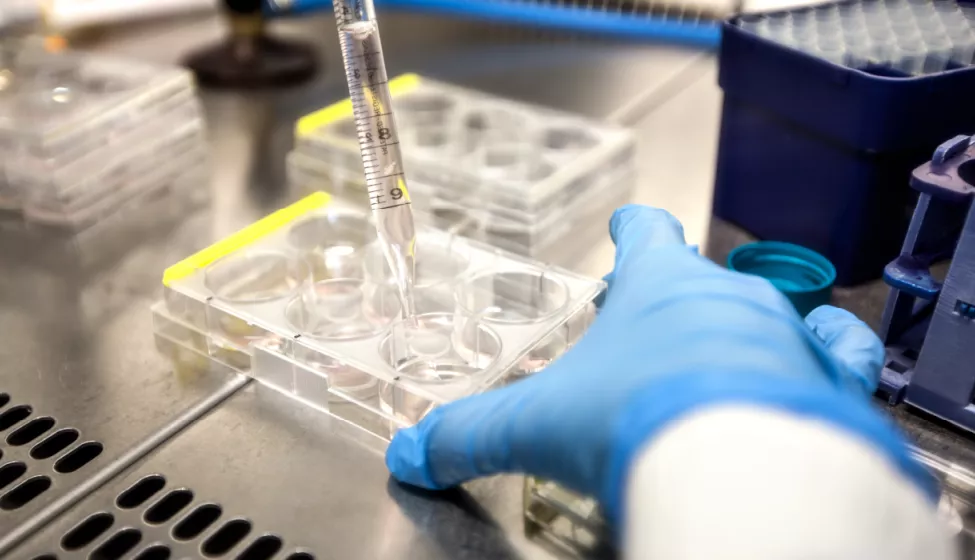June 14, 2022
New regulations create a bottleneck by requiring manufacturers to obtain notified body certification before marketing most types of tests
The EU In Vitro Diagnostics Regulation took effect May 26, 2022, bringing considerable disruption to the medical diagnostics industry. The IVDR replaces the In Vitro Diagnostics Directive (IVDD) governing manufacturers seeking clearance to market in the EU. While the IVDD allowed a large proportion of manufacturers to follow a self-certification process to obtain a CE-IVD mark for their tests, the IVDR requires most manufacturers — including those already certified under IVDD — to obtain a certificate from designated organizations, called notified bodies, before the majority of tests can be sold for clinical use. With a shortage of notified bodies designated to assess product compliance to IVDR, European manufacturers are struggling to obtain the clearances necessary to place products on the market.
There are currently only seven notified bodies designated to certify IVDs as per IVDR in the EU. With most tests on the market requiring assessment, this has created a backlog of devices awaiting certification, potentially prolonging the time for new tests to reach patients. To alleviate this problem, the EU extended the date of compliance for legacy devices in a staged fashion depending on the class of the device, with the longest extension reaching 2028.
Tests falling in Class C under IVDR (the most popular classification) will require notified body certification by May 2026 to stay on the market, even if they are currently compliant and marketed under the IVDD. Despite this extension, the regulatory system remains congested with long wait lists that aren't expected to quickly clear even if the additional organizations that have declared their intentions to seek notified body designation are successful. Designation as a notified body capable of certifying to IVDR can take up to 30 months.
In addition to notified body certification being required for all tests and IVD products except most of those that fall into Class A, the IVDR requirements contain other new elements not found in the IVDD. These include a new risk classification system that can enhance patient protection by categorizing products based on their clinical impact. The IVDR also requires manufacturers to submit clinical evidence and post-market performance data to regulators after their tests are on the market.
In the UK market post-Brexit, IVD devices with a valid CE mark will be accepted until June 30, 2023, after which a UKCA mark will be required to place a device on the Great Britain market. UKCA mark approval of IVD devices currently requires conformity to the existing IVDD regulations, which as described above, generally impose a lower regulatory burden on suppliers and manufacturers of IVD devices and tests. Products on the market in Northern Ireland will still fall under EU regulations (as per the current Northern Ireland Protocol), thus any IVD devices placed on the market in Northern Ireland will require a CE mark. The UK's Medicines & Healthcare products Regulatory Agency has recently undertaken a consultation on the future of medical device regulation in the UK market, so changes to UK IVD requirements may be on the horizon.
For more information, see the full EU IVDR here.
How Exponent Can Help
Exponent has a team of professionals with wide ranging IVD industry experience and IVDR training ready to help compile applications and guide companies towards submission, as well as support teams enacting corrective actions and navigating remediation. The exercises most commonly performed in anticipation of IVDR compliance are gap analyses, portfolio examination, risk management documentation creation, formal literature searches to support scientific validity claims, and clinical validation and post-market surveillance/performance evaluation for assays and software supporting IVDs.


